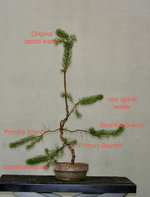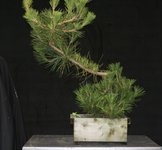Bonsai Orange County
Mame
Hi Friends - So I bought this JBP on Ebay for a pretty cheap price in the hopes of learning more about pines and trying different things with it as I develop my bonsai knowledge. I know its straight as a board and the whorls are terrible looking, but what I liked about it - besides being cheap - is that it does have a lot going on and lots of branching to experiment with. That's also what I hate most about it. Does anyone have any thoughts for where to start with a design on this one? It seems healthy and happy, but its ugly. It doesn't look like its been trained in anyway and I'm hoping there is potential in there somewhere? I did buy this one to play with and its got a couple new buds coming in a little closer to the trunk on 2 of the bottom branches. One of the photo has a little 2" -3" planter next to the trunk for scale. Its so bushy its hard to get great photos.
When I received it a few months ago it was in a tiny Betty Crocker strainer that was cracked everywhere so I slip-potted it into this trainer with about a third more room than its previous home.
Please share any thoughts or ideas and if anyone is in Denver and wants to mess with this one with me, let me know.
Thanks everyone Have a great weekend!
William
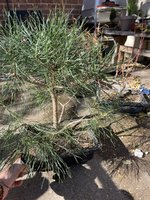
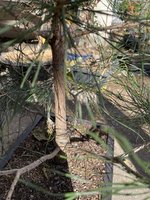
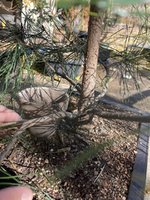
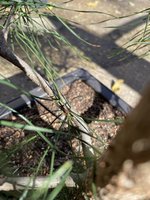
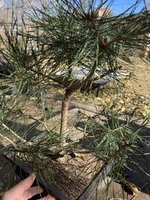
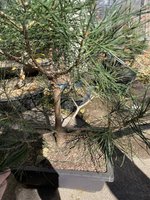
When I received it a few months ago it was in a tiny Betty Crocker strainer that was cracked everywhere so I slip-potted it into this trainer with about a third more room than its previous home.
Please share any thoughts or ideas and if anyone is in Denver and wants to mess with this one with me, let me know.
Thanks everyone Have a great weekend!
William







